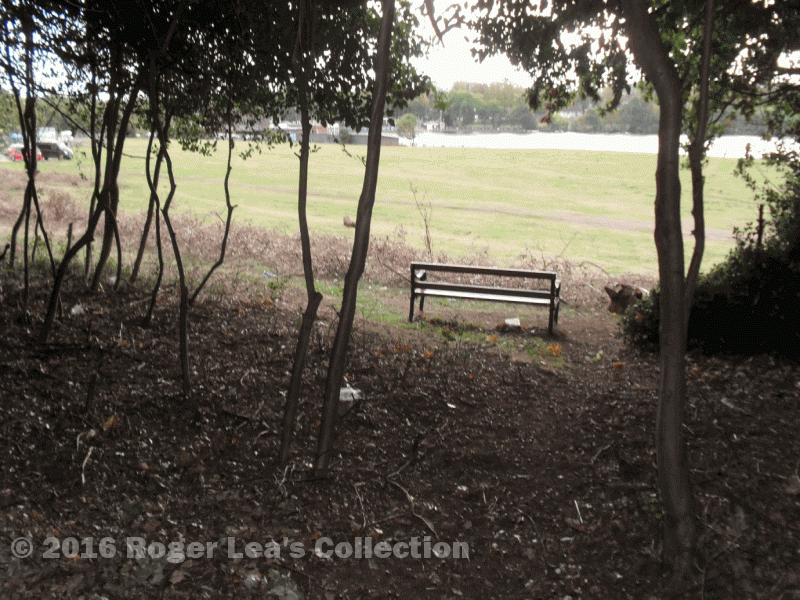Sutton Coldfield became a self-governing town in 1528 by virtue of a Charter granted by King Henry VIII. The area of the town was about 13,000 acres (20 square miles), of which less than 4,000 acres was farmland, and the population in 1528 was below 1,000. The Charter was granted as a favour to Bishop Vesey; he was keen to see Sutton prosper and flourish, which the incorporation of the town and the re-establishment of markets and fairs would achieve.
One clause especially was designed for growth: “any person willing to inhabit there may freely and lawfully build a house and have up to sixty acres of land in any part of the waste land, paying rent of twopence per annum for each acre to the Warden and Society”. As there were nearly 10,000 acres of common or waste lands, many such new farms could be accommodated.
King Henry had also granted “All our Park of Sutton Coldfield”; the Park was deemed to be common land, and three farms of about sixty acres were soon carved out of it. These were on the south side of the park, where the original deer park boundary ran in a smooth curve to the south of what is now Monmouth Drive. These three farms, later known as Booth’s Farm, Old Park Farm and Stonehouse Farm, occupied nearly 240 acres of the original Sutton Park.
Other 60-acre farms were established, usually in the best or less infertile parts of the commons, often by members of the corporation or their friends. Inflation in the middle of the sixteenth century saw land values more than double, so that the twopence per acre of the charter was a good bargain when its real value was nearer sixpence.
Suttonians who were not able to profit by this method, and saw the best parts of the commons disappear into private hands, grew discontented. In 1581 William Taylor and other inhabitants of Sutton brought a case in the Star Chamber Court against Thomas Gibbons (Warden of Sutton that year) and others, claiming that they had fraudulently converted over 600 acres of the waste to their own use. The court decreed that no further estates should be carved out of the waste - so the Park and commons were safe for the next two centuries - but that the ones already made should stand.
Thomas Gibbons kept Booths Farm, and it remained in private hands. In 1937 Sutton Corporation built a new road, Monmouth Drive, and land north of Monmouth Drive reverted to Sutton Park. So after 400 years Powell’s Pool and the fields to the north came back into Sutton Park - you can still see the hedges which formed the northern boundary of the farmland. Monmouth Drive cut across the farmyard of Booths Farm, which was demolished in the 1950s when Carnwath Road was built.
